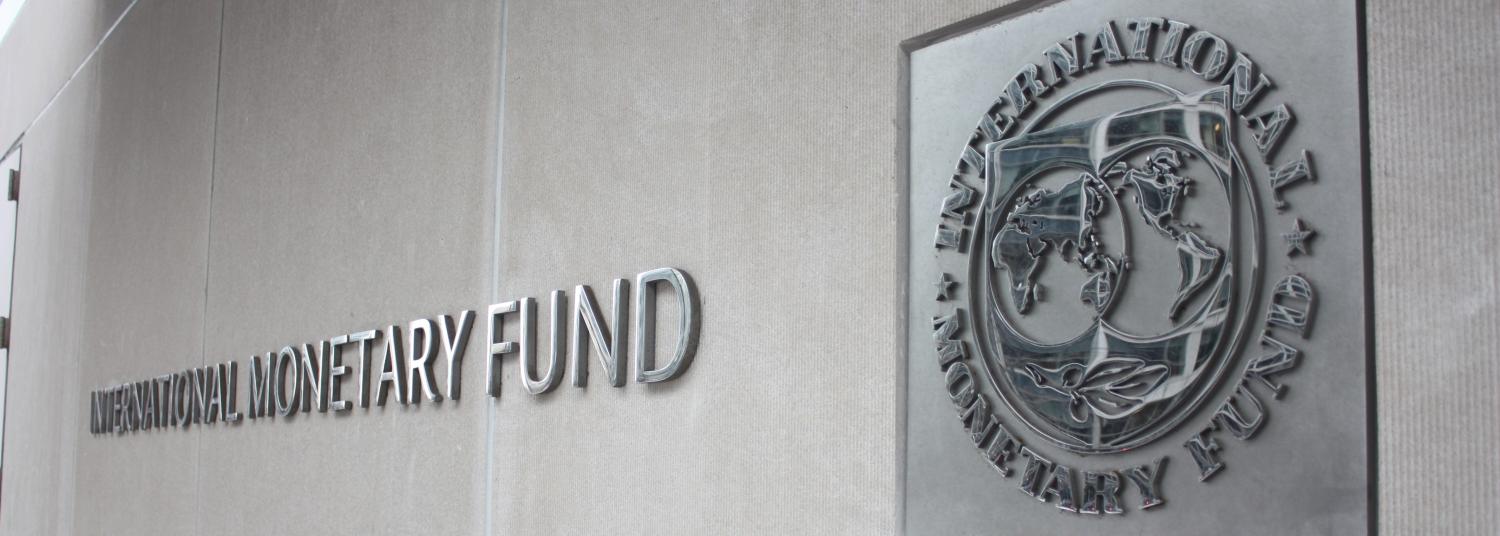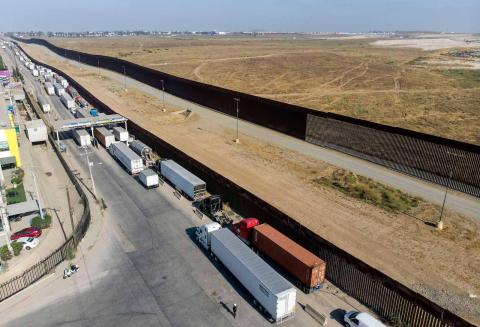Twenty years ago next weekend, the Thai authorities abandoned their costly defence of a fixed exchange rate, allowing the baht to float. Thus began the Asian crisis, which brought to an end the Asian Miracle era for the countries involved. Not only did Thailand, Indonesia and South Korea suffer excruciating recessions, but none has returned to the rapid rate of growth that characterised the decades leading up to 1997.
Considering the disastrous outcome and the obvious errors that were made by both the crisis countries and the IMF, it is surprising that there were not more fundamental reforms in the aftermath. Just as puzzling, when the advanced economies of Europe and America experienced their own dramatic financial crisis beginning in 2007, their response was totally different from that in 1997. If so few lessons were learned from the 1997 experience, why was the response to the 2007 financial crisis so different?
Many Asian observers think that the IMF seriously mishandled the 1997 crisis, especially in Indonesia. The available assistance packages were too small; fiscal policy was tightened when it should have been loosened; monetary policy made an inevitably futile attempt to stabilise newly-floating exchange rates with interest rates that were cripplingly high for borrowers; banks were closed without putting in place depositor insurance to prevent runs on other banks; and conditionality imposed unachievable structural reform objectives. The Fund strenuously defended itself against all charges, with Stan Fischer’s 2001 Robbins lectures refuting all these criticisms.
What, then, was left to blame for the debacle? With the economic arguments mired in technicalities, the widespread conclusion was the fault lay with crony capitalism, corruption, tired domestic regimes in need of change and other domestic policy failures.
With the blame fixed squarely on domestic weaknesses, the crisis countries - now under new management after the crisis - reverted to policies not very different from those in place at the start of the crisis. Indonesia returned to the accustomed conservative budget policies; capital flows remained unconstrained; no trade restrictions were introduced to influence the current account; and the deregulation of the financial sector through new institutions and instruments continued.
Any changes were at the margin. The managed exchange rate was given more room to respond to market forces. The IMF’s advocacy of pure free floating was quietly ignored, with considerable intervention to stabilise the exchange rate. The banking system was trimmed back. Macro policies were more conservative, trading-off growth for reduced vulnerability.
In short the most egregious errors of 1997 were internalised, not relevant for the post-crisis circumstances. Everyone agreed that stoic defence of a fixed exchange rate was futile, that fiscal tightening had been misguided, that monetary policy had been grossly mishandled, and that banks would never again be closed without protecting depositors. But these past mistakes were not relevant to the post-crisis era.
Weaknesses ignored
What is perhaps more remarkable is that the structural and institutional factors that created the vulnerabilities in 1997 were largely ignored. Three ongoing structural vulnerabilities can be identified.
First, there had been a huge increase in global capital mobility starting around 1990. Indonesia had opened its capital markets to foreign inflows in the early 1970s, but for two decades the global flows had been small and stable. This changed in the first half of the 1990s, with massive flows into the fast-growing economies of Asia. Thailand (the first domino to fall) received inflows equal to 14% of GDP in each of the two years preceding the crisis. The predictable result was that real exchange rates appreciated, current accounts blew out, asset price bubbles were common and domestic borrowers (including banks) eagerly tapped into cheap foreign-currency funding.
Second, these external exposures were superimposed on a domestic financial sector that was intrinsically fragile. The lesson from Latin American in the 1970s was encapsulated in the title of Carlos Diaz-Alejandro’s classic article: ‘Good-bye financial repression, hello financial crash’. Indonesia, egged on by the free-market zeitgeist, had embarked on vigorous deregulation, especially after 1988. Everyone knew about Indonesia’s banking fragility. But, equally, everyone was hoping the banks would sneak through, or at least not collapse simultaneously. It takes time and political support to develop prudential supervisors powerful enough to stand up to the vested interests of powerful bankers.
Third, there was the exchange rate dilemma. From mid-1980s onward, the case for greater flexibility of the rupiah had been recognised, with the intervention band widened over time, together with several devaluations to maintain international competitiveness. But the shallow embryonic market and volatile expectations meant that the rate was not well-anchored. If left to the market, it was likely to swing erratically, coming to rest well away from a sensible equilibrium.
These three inter-acting factors created a tinder-box, just awaiting the spark. This was provided by contagion from the Thai crisis. Given the devastating experience of the crisis, why were these three vulnerabilities not addressed during the post-crisis period?
The answer is that there were no viable alternatives on offer. In the decade following the crisis, the Fund was still advocating open capital markets, with derision for countries (such as Chile and Brazil) that tried to apply constraints on capital inflows. Some staff were still regretful of the failure, in September 1997, to amend Fund Articles to make an open capital market a prerequisite of membership. Similarly, the agenda still included further financial deregulation. This was the era of the ‘efficient markets’ hypothesis. The promise was that markets would deliver efficient price discovery: any regulation or intervention would distort this perfection. A floating exchange rate would maintain a stable equilibrium. Prudential measures should be ‘light-touch’: the self-interest of financial firms would be enough to discipline them. Too much depositor protection would create ‘moral hazard’, distorting risk-taking incentives.
Immersed in this free-market paradigm, the crisis countries had little opportunity to carve out their own fundamentally-different policy path. Their responses were at the margin: grow slower; hold large reserves; and don’t let the current account blow out.
For a decade, all was well, with no need for any rethink. The common view was that the Asian countries, like Icarus, had flown too close to the sun in their hubris-fueled growth and had crashed back to earth. There were no lessons here for the advanced economies. Thus it was a shock when the same financial sector vulnerabilities tripped them up.
The 2007 challenges were simpler, largely confined to the financial sector. If the problems were much the same, the response was radically different. Whereas the first move in Asia in 1997 had been to close failing financial institutions, in 2007 the whole gamut of the financial sector (banks, non-banks, hedge funds, insurance, mortgage paper and the money market) was propped up with an inventive mixture of mergers, guarantees and outright government support. Even Lehman Brothers would have been saved, if the authorities thought they had the legal power to do so. In 2007 the authorities recognised something that had been misunderstood in 1997: concerns about moral hazard are all very well in good times, but when a systemic crisis arrives, you have to save everyone, without spending too much time considering whether they are illiquid or insolvent.
Without the trauma of significant capital flow reversals or dramatic shifts in exchange rates, policy-makers in advanced economies were not constrained by irreconcilable conflicting demands, as their Asian colleagues had been in 1997. They were free to drop interest rates dramatically and to apply fiscal stimulus to weakening economies.
In short, the difference in response between 1997 and 2007 was in part because crises, like Tolstoy’s unhappy families, are all dissimilar. The common lesson, apparent in 1997 but not learned until 2007, is that financial sectors are not self-disciplining; fickle changes in confidence can cause dramatic runs on financial institutions; borrowers and lenders make lemming-like responses to correlated mistakes, especially about risk; and markets can fail dismally in their basic task of price discovery.
These lessons are, however, ephemeral unless they are incorporated into changed institutional frameworks. As memories fade, the vulnerabilities of financial sectors, capital flows and exchange rates are forgotten. At least until the next crisis.
Paul Blustein, who wrote the definitive book on the Asian Crisis (‘The Chastening’) will be talking at the Lowy Institute next Tuesday evening, 4 July.

